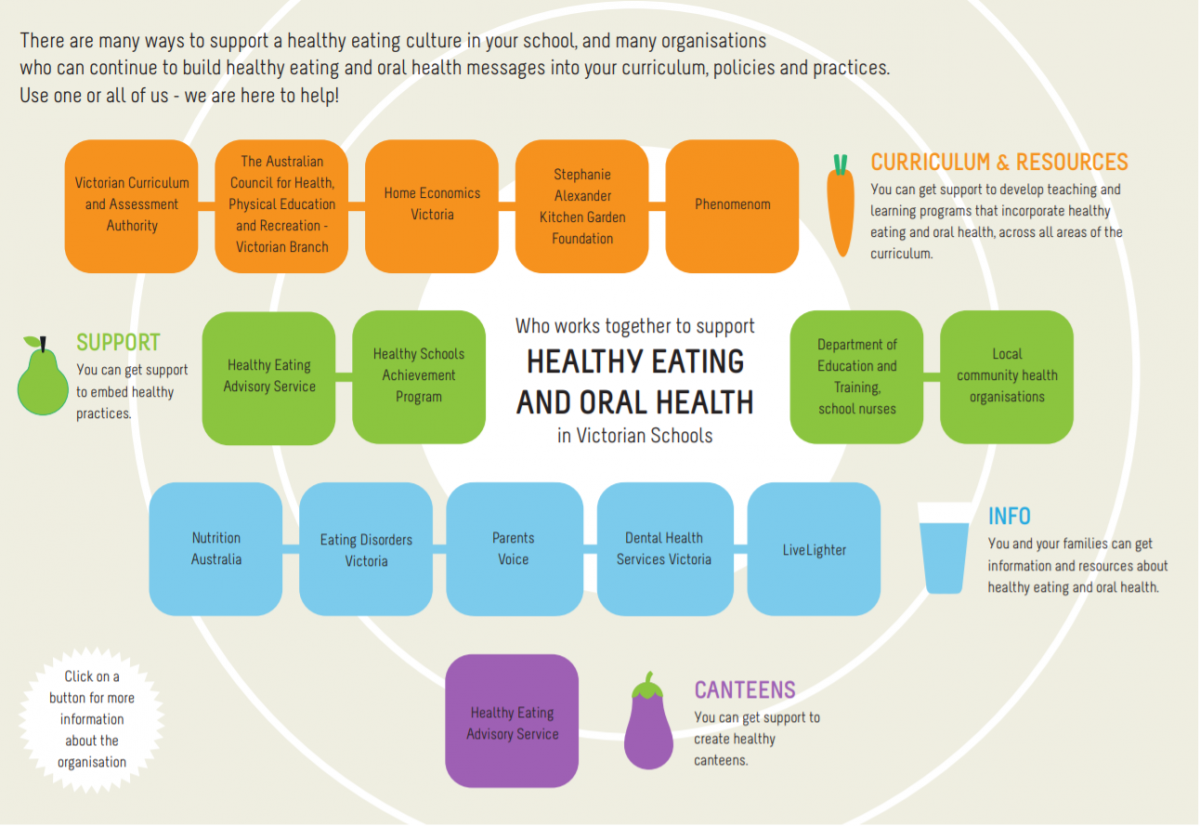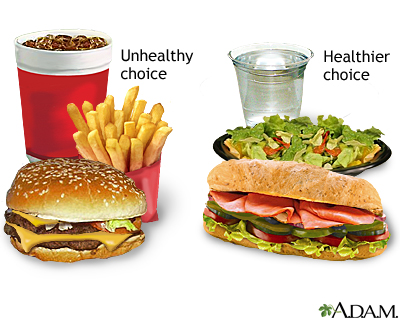
If you have prediabetes, you should be aware of the importance of a pre diabetes diet. People with this condition have higher blood glucose levels than those who don't, and insulin resistance is a significant risk factor for developing type 2 diabetes. In addition to diabetes, pre-diabetes can also lead to other health complications, such as kidney disease. A normal diet will help manage your sugar levels but a pre-diabetes plan will help you avoid it becoming a serious problem.
The best pre-diabetes diet includes eating more fruits and vegetables, as these contain more fiber than processed foods. You must choose the right carb source. This means that whole grains should be preferred to refined. Opt for complex carbs such as brown rice and quinoa, barley or steel-cut oats. Buckwheat, amaranth. millets, wheat, and amaranth. These foods contain a lot of fiber which will allow you to feel fuller for longer periods.

Keeping a pre-diabetes diet simple is key. It is important to follow a strict diet and exercise program. Lark Diabetes Prevention Program is one example. This free mobile app has helped more than 100,000 people to avoid developing type 2 Diabetes. This program can be accessed free of cost by many health insurance plans. A health app can help you keep track of your daily activities. There are many apps to help you stay focused and on the right track.
A pre-diabetes program will help you feel better, regulate blood sugar, and prevent type 2 diabetes from happening in the future. You should always seek medical advice before you make major lifestyle changes. Talk to your doctor if you are thinking about a diet for pre-diabetes. Regular checkups are the best thing. A good plan will make you healthier and happier in no time.
Another important part of a pre-diabetes diet is lowering the amount of carbohydrates you eat. Intake of too many carbohydrates will cause you to lose water weight. So, cutting back on carbohydrates will help not only lose water but also fat. You can also eliminate carbohydrates from your diet to control blood sugar levels. It will also help you reduce the level of Fat Storing hormone, which is crucial in Type II diabetes prevention.

A pre-diabetes diet should also include a high intake of carbohydrate and protein. Lean meats such as fish, chicken, beef and beef are excellent sources of fiber. Healthy fats include avocado and olive oil. Type 2 diabetes sufferers should be careful with simple sugars. Avoid sodium-rich foods. Salty foods, for example, can be dangerous.
FAQ
What is the best way to live a healthy lifestyle?
Living a healthy lifestyle is one that encourages you to eat well, exercise regularly, get enough sleep, and avoids stress. If you follow these guidelines, you will be able to lead a long and healthy life.
You can start by making small changes in your diet and exercise routine. You can lose weight by walking 30 minutes each day if you are looking to lose weight. If you're looking for a way to increase your activity, consider taking up swimming or dancing. A Fitbit or Strava online program that tracks your activity can be joined.
How do I get enough vitamins for my body?
You can get most of the daily nutrients you need through your diet. Supplements are an option if you are low in any vitamin. A multivitamin can contain all the vitamins that you need. You can also buy individual vitamins in your local drugstore.
Talk to your doctor if you have concerns about your nutritional intake. The best sources of vitamins K, E, and C are found in dark green leafy veggies such as spinach and broccoli, kale.
If you are not sure how much vitamin you should be consuming, ask your doctor. Based on your medical history and your current health, your doctor can recommend the correct dosage.
What's the problem in BMI?
BMI stands for Body Mass Index. This is a measure of body fat that is calculated based on height or weight. This formula calculates BMI.
Weight in kilograms divided with height in meters.
The score is expressed as a number between 0 and 25. Scores of 18.5 and higher indicate overweight, while scores of 23 and higher indicate obesity.
A person who is 100 kg in weight and 1.75m in height will have a 22 BMI.
What should I eat?
You should eat lots of vegetables and fruits. They provide vitamins and minerals to keep your immune system strong. Also, fruits and vegetables are rich in fiber. This makes them filling as well as helping with digestion. You should eat at least five servings per day of fruit or veg.
Drink plenty of water. Water flushes toxins from your body and helps you feel full between meals. Drink about eight glasses each day.
Consume whole grains and not refined. Whole grains contain all of their nutrients, including B vitamins and iron. Refined grains lack some nutrition.
Avoid sugary drinks. Sugary drinks are high in empty calories and can lead to obesity. Instead, drink water, milk, or unsweetened Tea.
Avoid fast food. Fast food has little nutritional value. While it might taste good, it won't give your body the energy it needs to function properly. Avoid soups, sandwiches and other unhealthy options.
Reduce your alcohol intake. Alcohol contains empty calories and contributes to poor nutrition. Limit your consumption to no more than 2 alcoholic beverages per week
Reduce your consumption of red meat. Red meats are high in saturated fat and cholesterol. Instead, choose lean cuts of beef and pork, lamb, chicken or fish.
How to measure body fat?
A Body Fat Analyzer can be used to measure body fat. These devices can be used to measure body fat percentages in people who are trying to lose weight.
Statistics
- According to the Physical Activity Guidelines for Americans, we should strive for at least 150 minutes of moderate intensity activity each week (54Trusted Source Smoking, harmful use of drugs, and alcohol abuse can all seriously negatively affect your health. (healthline.com)
- nutrients.[17]X Research sourceWhole grains to try include: 100% whole wheat pasta and bread, brown rice, whole grain oats, farro, millet, quinoa, and barley. (wikihow.com)
- According to the 2020 Dietary Guidelines for Americans, a balanced diet high in fruits and vegetables, lean protein, low-fat dairy and whole grains is needed for optimal energy. (mayoclinichealthsystem.org)
- WHO recommends consuming less than 5% of total energy intake for additional health benefits. (who.int)
External Links
How To
What does "vitamin" actually mean?
Vitamins are organic compounds found naturally in food. Vitamins help us absorb nutrients from foods we eat. The body cannot make vitamins; therefore, they must be obtained from food.
There are two types vitamins: water soluble or fat soluble. Water-soluble vitamins dissolve readily in water. You can find vitamin C,B1 or thiamine, B2 or riboflavin and B3 or niacin, B3/niacin, B6/pyridoxine, folic Acid, biotin and pantothenic Acid as examples. Fat-soluble vitamins can be stored in the liver or in fatty tissue. Some examples include vitamin D and E, K, A and beta carotene.
Vitamins are classified according to their biological activity. There are eight major vitamin groups:
-
A - essential for normal growth and maintenance of health.
-
C is important for nerve function and energy production.
-
D - Vital for healthy bones and teeth
-
E is required for good vision and reproduction.
-
K – Required for healthy nerves & muscles.
-
P - Vital for strong bones and teeth.
-
Q – aids digestion of iron and iron absorption
-
R – Required for the formation of red blood vessels.
The recommended daily intake (RDA), of vitamins varies with age, gender and physical condition. The U.S. Food and Drug Administration (FDA) sets the RDA values.
For adults over 19 years, the RDA is 400 mg per day for vitamin A. For fetal development, pregnant women need 600 mg per day. Children ages 1-8 require 900 micrograms per day. Infants below one year old require 700mg per day. But, between 9 months to 12 months, the amount drops to 500mg per day.
Children between the ages 1--18 years old who are overweight or obese require 800 micrograms per Day, while those who are overweight or obese need 1000 micrograms. To meet their nutritional needs, children underweight and obese require 1200 micrograms a day.
Children 4-8 years old who have anemia must consume 2200 micrograms of Vitamin C daily.
2000 micrograms per person is necessary for general health. Because of their higher nutrient needs, women who are pregnant or nursing need 3000 mg per day.
1500 micrograms is the recommended daily intake for adults aged 70+, who lose approximately 10% of muscle each year.
Women who have been pregnant or are lactating require more than the RDA. Pregnant and breastfeeding women require 4000 micrograms each day during pregnancy and 2500 Micrograms each day after delivery. Breastfeeding mothers need 5000 mg per day when breastmilk is being produced.